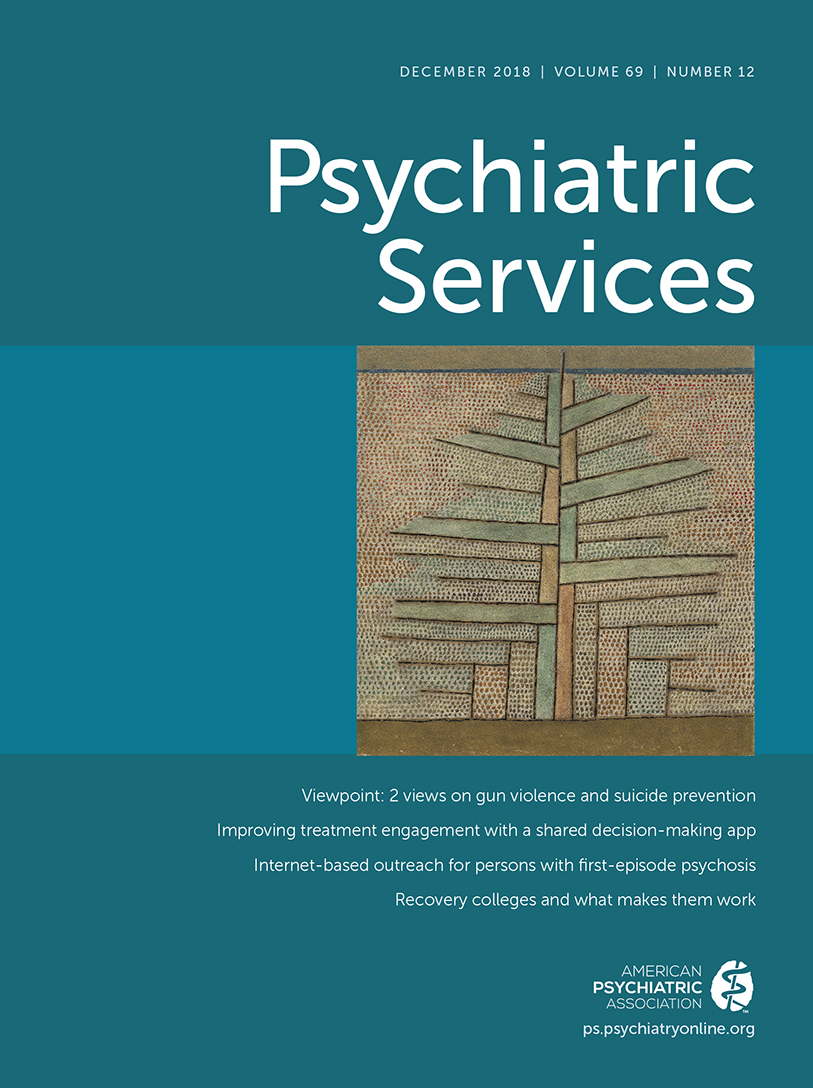Behavioral Health Factors as Predictors of Emergency Department Use in the High-Risk, High-Cost Medicare Population
Abstract
Objective:
This study measured the presence, extent, and type of behavioral health factors in a high-cost Medicare population and their association with the probability and intensity of emergency department (ED) use.
Methods:
Retrospective claims analysis and a comprehensive electronic medical record–based review were conducted for patients enrolled in a 65-month prospective care management program at an academic tertiary medical center (N=3,620). A two-part model used multivariable logistic regression to evaluate the effect of behavioral health factors on the probability of ED use, complemented by a Poisson model to measure the number of ED visits. Control variables included demographic characteristics, poststudy survival, and hierarchical condition category risk score.
Results:
After analyses controlled for comorbidities and other relevant variables, patients with two or more behavioral health diagnosis categories or two or more behavioral health medications were about twice as likely as those without such categories or medications to use the ED. Patients with a diagnosis category of psychosis, neuropsychiatric disorders, sleep disorders, or adjustment disorders were significantly more likely than those without these disorders to use the ED. Most primary ED diagnoses were not of behavioral health conditions.
Conclusions:
Behavioral health factors had a substantial and significant effect on the likelihood and number of ED visits in a population of high-cost Medicare patients. Attention to behavioral health factors as independent predictors of ED use may be useful in influencing ED use in high-cost populations.



